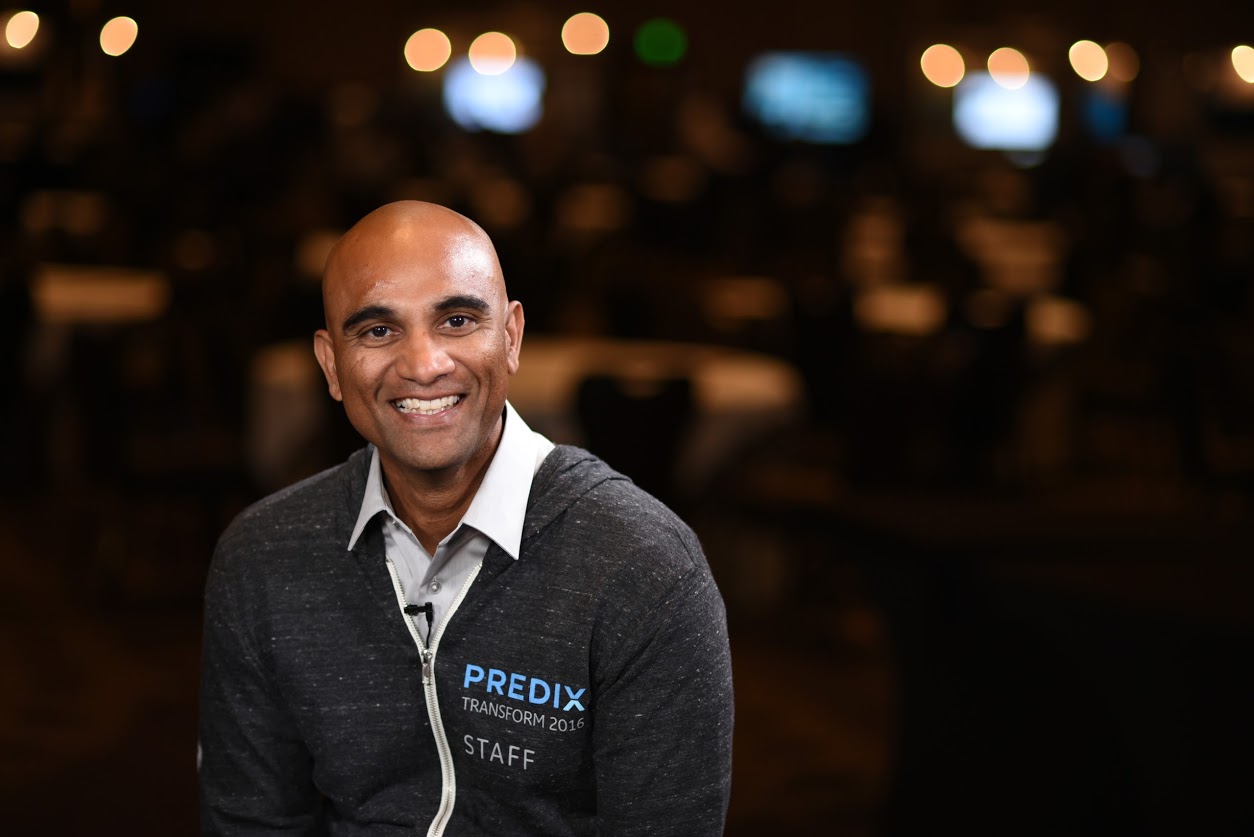 NEWS
NEWS
 NEWS
NEWS
 NEWS
NEWS
Laypeople may hear Internet of Things (IoT) and think of a sensor that collects data and sends it back to a cloud or on-prem data center for analytics. The reality is much more complex. IoT developers’ work involves the delicate balance between the edge and the cloud, which varies from task to task and industry to industry. With IoT for large industries, important functions, personnel safety and capital depend on the right edge-to-cloud balance.
“Industry IoT is a problem by itself. It’s a different scale,” said Hima Mukkamala, head of Engineering, Predix, at GE Software, making a comparison to consumer IoT. He told Jeff Frick (@JeffFrick), cohost of theCUBE, from the SiliconANGLE Media team, during the GE Predix Transform event that industries beginning their IoT journey should pace themselves with small edge or cloud implementation and then scale out incrementally.
Mukkamala said that Predix (GE’s industrial operating system) was miscategorized as a cloud platform. “We are not. We are what we call an edge-to-cloud platform,” he said.
He explained what being edge-to-cloud means. “When we try to open it up, it doesn’t mean they’re always connected.” He said that this was impractical in some operating environments, such as on a deep-sea oil rig where “you only have satellite connection at very exorbitant prices for a short time. So you may have connection, but you don’t want to burn your dollars on all that connection.” He said in cases like that, partial connection would be preferable.
He stated that it is not as confusing as it may seem and gave the example that we are all familiar with an IoT device that works on this connection-optional model — the mobile phone.
He went on to talk about the benefits of enabling analytics “at the edge, so that you’re making decisions in real time where the data is and where the assets are.”
Watch the full interview below, and be sure to check out more of SiliconANGLE and theCUBE’s coverage of the GE Predix Transform 2016.
Support our mission to keep content open and free by engaging with theCUBE community. Join theCUBE’s Alumni Trust Network, where technology leaders connect, share intelligence and create opportunities.
Founded by tech visionaries John Furrier and Dave Vellante, SiliconANGLE Media has built a dynamic ecosystem of industry-leading digital media brands that reach 15+ million elite tech professionals. Our new proprietary theCUBE AI Video Cloud is breaking ground in audience interaction, leveraging theCUBEai.com neural network to help technology companies make data-driven decisions and stay at the forefront of industry conversations.